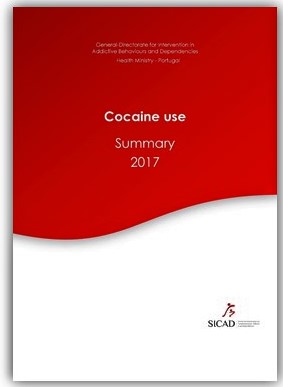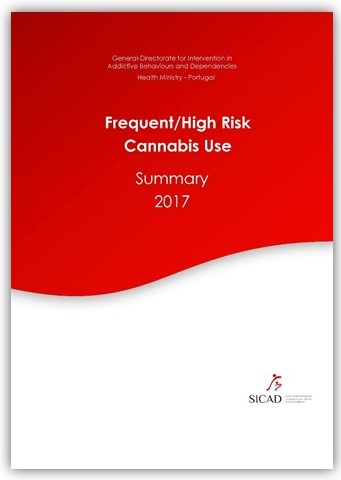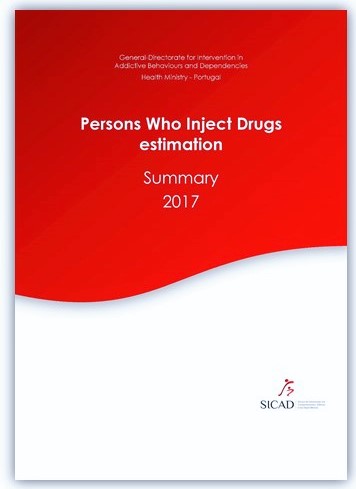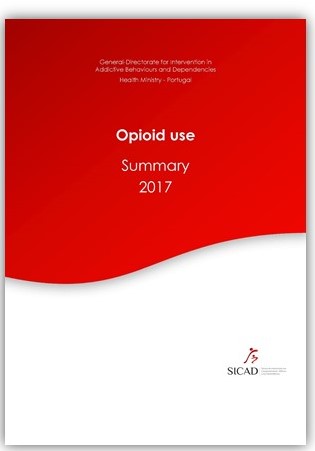This conceptual framework translates into a definition, further operationalised by drug, which suggests how to measure high-risk drug use: ‘High-risk drug use is measured as the use of psychoactive substances (excluding alcohol, tobacco and caffeine) by high-risk pattern (e.g. intensively) and/or by high-risk routes of administration in the last 12 months.’ For case definitions and other details, please see the document, 'HRDU revision summary'.
Estimates of sizes of populations with high risk drug use are typically obtained by indirect statistical extrapolations, but also direct methods can be used in some specific cases, e.g. in the case of cannabis disorders prevalence estimation within the general population surveys.
Data on local prevalence and national prevalence is supplied to the EMCDDA via the Fonte reporting system. The EMCDDA also aims to collate information on the incidence of high-risk drug use and characteristics of high-risk drug users, although such information does not have a standard reporting template. The EMCDDA has produced guidance on how prevalence and incidence estimates can be obtained.



